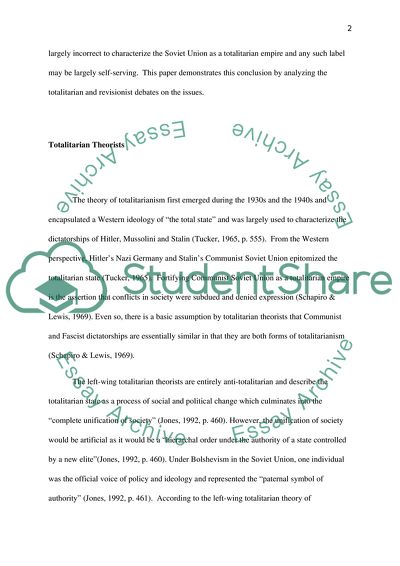Cite this document
(“To what extent is it accurate to describe the Soviet Union as a Essay”, n.d.)
Retrieved from https://studentshare.org/history/1587057-to-what-extent-is-it-accurate-to-describe-the-soviet-union-as-a-totalitarian-empire
Retrieved from https://studentshare.org/history/1587057-to-what-extent-is-it-accurate-to-describe-the-soviet-union-as-a-totalitarian-empire
(To What Extent Is It Accurate to Describe the Soviet Union As a Essay)
https://studentshare.org/history/1587057-to-what-extent-is-it-accurate-to-describe-the-soviet-union-as-a-totalitarian-empire.
https://studentshare.org/history/1587057-to-what-extent-is-it-accurate-to-describe-the-soviet-union-as-a-totalitarian-empire.
“To What Extent Is It Accurate to Describe the Soviet Union As a Essay”, n.d. https://studentshare.org/history/1587057-to-what-extent-is-it-accurate-to-describe-the-soviet-union-as-a-totalitarian-empire.


